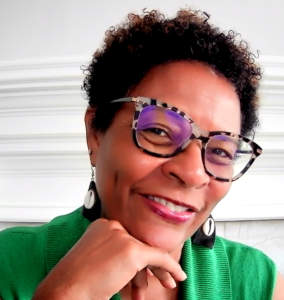Episcopal Church Women in the News 05-18-24
Bishops, deputies differ on outcome of proposed resolution requiring baptism before receiving Communion
The committees also voted on four other resolutions with deputies and bishops agreeing
Episcopal Church unveils new Pride shield in celebration of LGBTQ+ inclusion
“As a longtime ally of LGBTQ+ people, I was so excited to work on this Pride shield for The Episcopal Church,” said Melissa Walker, senior graphic designer.
Cathryn Beeks puts spotlight on women of Ramona in new video, song
The Rev. Hannah Wilder, a priest at St. Mary’s Episcopal Church, is one of the Ramona women
Taking a cue from the pews, Texas churches expanding mental health services
There’s a partnership between the mental health organization and St. Phillips Episcopal Church.
Glad You Asked: What’s the difference between Episcopalians and Catholics?
On this episode of the podcast, guest Bryan Cones discusses the origins of the Episcopal Church
Cut flowers rescued from landfills, given to people in the community
“We make them for the schools, for the teachers,” said Kay Phillips, the coordinator of the Petal Pushers. – San Diego, CA
———

 Cuando cada Oración no comienza con el “Padre Nuestro” o culmina con “Amen”
Cuando cada Oración no comienza con el “Padre Nuestro” o culmina con “Amen” The Rev. Josiah Rengers
The Rev. Josiah Rengers Excerpt from National Museum of African American History & Culture
Excerpt from National Museum of African American History & Culture